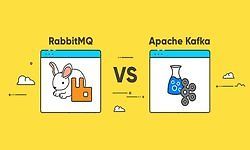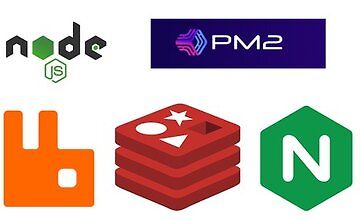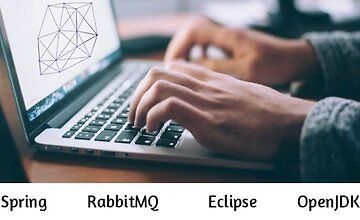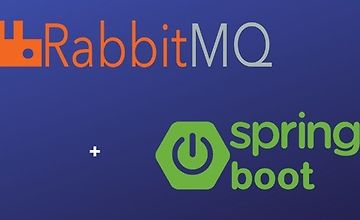
udemy
Udemy - одна из самых больших площадок в мире по доставке обучающего контента от разных авторов всего мира. Присутсвуют курсы практически на любую тему.
RabbitMQ: Message queue concepts from start to finish
RabbitMQ с асинхронным обменом сообщениями. Концепции AMQP, Маршрутизация, Администрирование, Регистрация и примеры клиентов в Python и C#.
Вам нужно узнать, как работает RabbitMQ?
Хотите узнать, как работает масштабирование с распределенной системой?
Или вы устали менять код снова и снова, просто потому, что ваш начальник или отдел продаж хотят получить ту или иную маленькую дополнительную функцию?
Изучите разделение с помощью асинхронного обмена сообщениями с брокером сообщений RabbitMQ.
Этот курс не только расскажет, какие преимущества предлагает эта технология, но также покажет вам, для чего вы можете ее использовать.
Чтобы пройти этот курс, рекомендуется знание основ программирования, лучше всего с Python и / или .Net (C #). Пройти этот курс также следует с пониманием базового программного обеспечения и прикладных знаний.
Сам курс является наиболее подходящим, если вы есть в качестве одной из следующих групп
В целом, как разработчику, лучше узнать о брокере сообщений, просто потому, что это способ легко отделить ваши приложения и сделать их более удобными в обслуживании, расширяемыми и защищенными от ошибок.

Udemy - одна из самых больших площадок в мире по доставке обучающего контента от разных авторов всего мира. Присутсвуют курсы практически на любую тему.



Изучите использование Rabbitmq и Java для асинхронного обмена сообщениями и передачи данных между системами в режиме реального времени.
![Изображение курса [Portuguese] Микросервисы с Node.js: NestJS, TypeScript, RabbitMQ и т.д.](https://cdn.coursehunter.net/courses/360x220/mikroservisy-na-node-js-nestjs-typescript-rabbitmq-i-t-d.jpg)
NestJS - это фреймворк для разработки серверных приложений Node.js. В настоящее время, даже с учетом количества отличных библиотек и инструментов, существующих для Node.js, ни один из них не решает эффективно основную проблему серверного javascript-приложения: его архитектуру. NestJS предоставляет набор архитектурных компонентов, которые позволяют разработчикам создавать масштабируемые, слабо связанные и поддерживаемые приложения.

RabbitMQ: это программное обеспечение для брокера сообщений с открытым исходным кодом. Возможно, вы слышали о службе сообщений Java (JMS), с помощью которой два приложения Java могут взаимодействовать друг с другом. Используя брокер сообщений RabbitMQ, два приложения Java могут взаимодействовать друг с другом так же, как мы, люди, посредством текстовых сообщений. Сообщение не может передаваться напрямую из одного Java-приложения в другое, поэтому